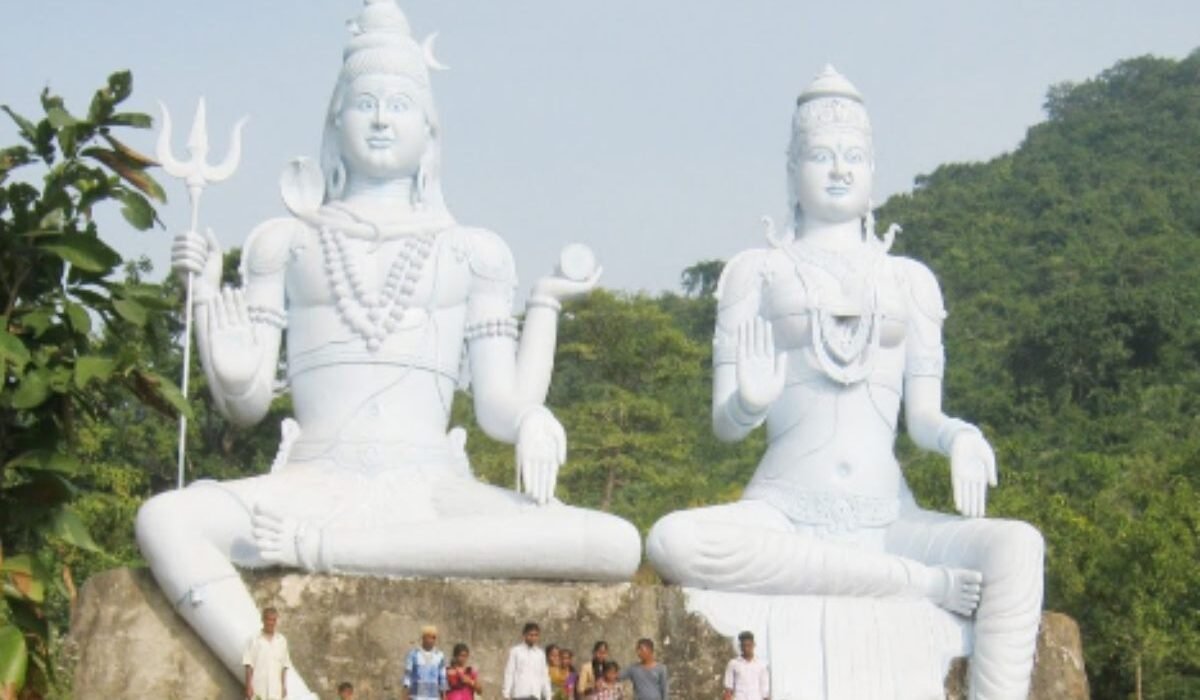Ganjam district is broadly divided into two divisions, the coastal plains area in the east and hill and table lands in the west. The eastern ghats run along the western side of the district. The plains lies between the eastern ghats and the Bay of Bengal. Since the hills are close to the sea, the rivers flowing from hills are not very long and are subject to sudden floods. The plains are narrow because of the absence of big rivers. The coastal plains in the east contain more fertile and irrigated lands. Towards the centre and south it is hilly with beautiful well watered valley. The south eastern portion is fertile. The extreme north east is occupied by a portion of the famous Chilika lake.
Water
The Bay of Bengal touches the eastern frontier of Ganjam district and its coast extends over 60 Kms. It provides unique oppertunity for fishing and port facility at Gopalpur for international trade. The rivers like Rushikulya, Dhanei, Bahuda, Ghoda Hada are the prominent ones which govern the agriculture and power sectors of the district. The vast river basin of Rushikulya provides Grand potential for explotation of ground water. How ever the rivers only navigable during the rain season only. The Chilika lake which attracts international tourist known for its scenic beauty and a marvelous birds santuary is situated in the eastern part of district.
Soil
The district has allovial soil in its eastern part (coastal region) and laterite Soil in the west (hilly table land) with small patches of black cotton soil at the centre and in the north east close to Chilika.
Mineral resources
The chief economic minerals found in the district are abrasives and grinding materials, line stone (kankar), manganese, monazite, sand and talc. Garnetiferous granitic gnashes and charanokites are used for manufacture of grinding stones in the district white clay deposits are also found in different areas of the district.
Forest Resources
The forest of Ganjam district comes under the mix moist peninsular high and low level Sal forests, tropical moist and dry deciduous and tropical deciduous forest types. It provides a wide range of raw materials. It is also quite famous for wild life diversity.
Places of interest in and around Ganjam
- BHAIRABI
- Gopalpur-on-Sea
- Taptapani
- BIRANCHI NARAYAN
- BUDHAKHOL
- JAUGADA
- KULADA
- MAHURIKALUA
- NARAYANI
- NIRMALJHAR
- CHILIKA (RAMBHA)
- HUMARI TAMPARA
- PANCHAMA
- BANKESWARI
- Maa Sankulayee
